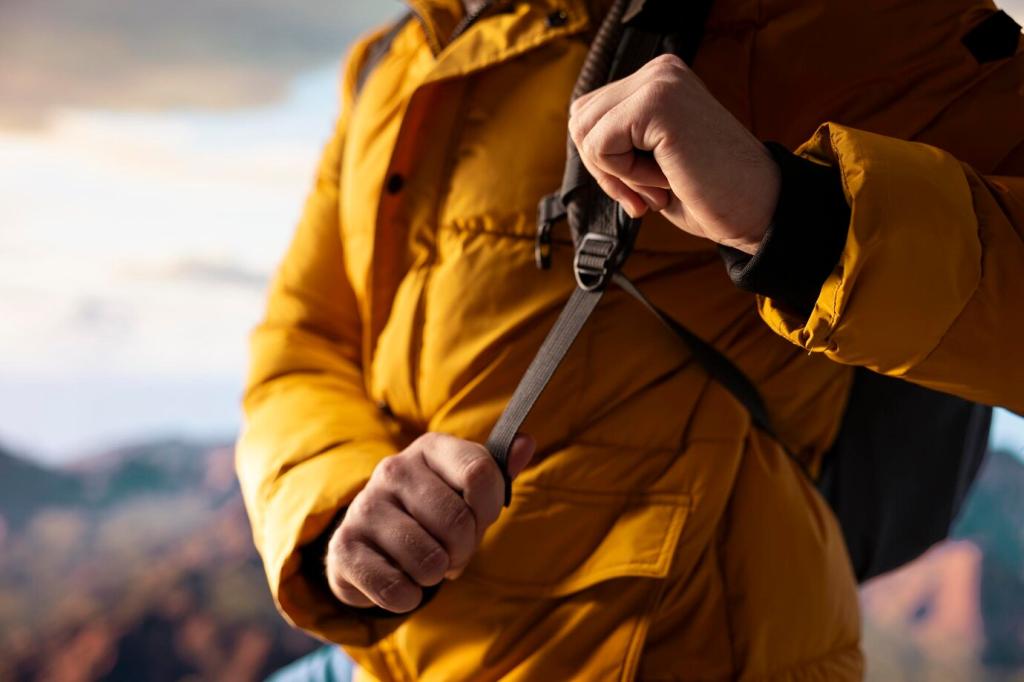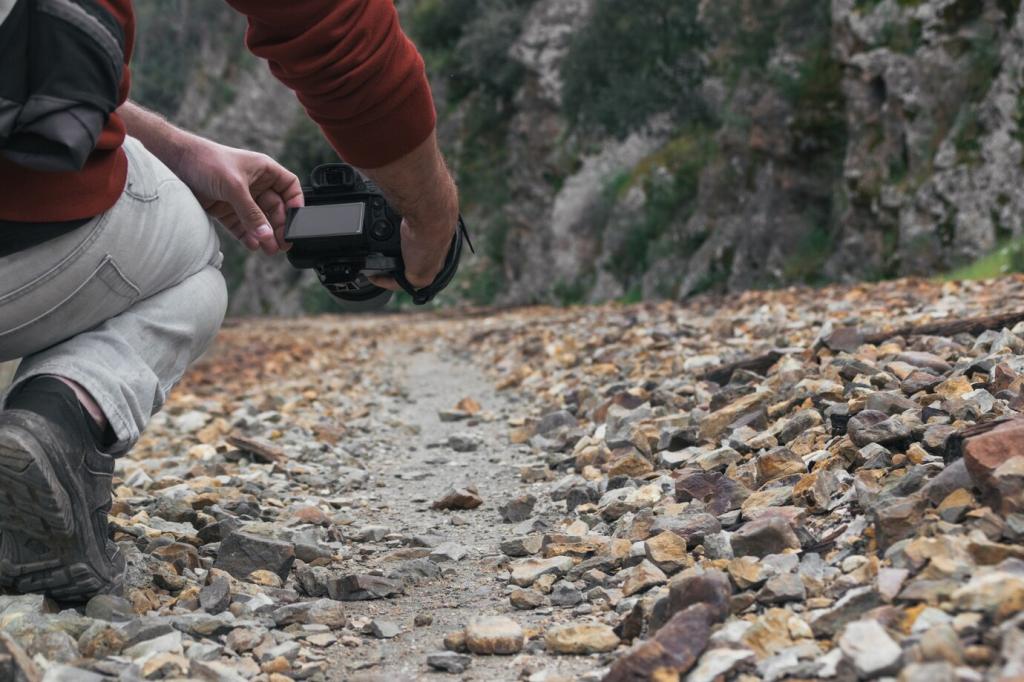Chosen theme: Training Programs for High-Altitude Trekking. Step into a purposeful, science-backed path that prepares your body and mind for thin air, big climbs, and breathtaking views. Subscribe and join our community as we plan, train, and summit together.
Oxygen, Heart Rate Drift, and Smarter Pace
At higher elevation, oxygen pressure drops, which elevates heart rate at slower speeds. Train to manage this drift by using perceived exertion and nasal-breathing cues, keeping your pace conversational so you can adapt safely without burning out early.
Aerobic Base and the 80/20 Principle
Your program should emphasize mostly easy aerobic work with just a touch of intensity. Aim for roughly eighty percent easy sessions and twenty percent harder efforts to progressively develop endurance while still building the power you need for steep, sustained climbs.
Strength That Protects Joints and Conserves Energy
Target glutes, hamstrings, calves, and core to stabilize knees and hips under a pack. Thoughtful strength work reduces wobble, improves economy, and helps you handle rocky descents when fatigue and altitude combine to challenge your balance and confidence.

A Progressive 12-Week Plan You Can Tailor
Two to three easy runs or hikes, one stair or hill session, and two strength days. Finish with a longer weekend hike at a comfortable pace. Keep intensity modest, learn your preferred fueling, and establish a sustainable rhythm you can actually maintain.
A Progressive 12-Week Plan You Can Tailor
Increase long hike duration and introduce pack weight progression. Include one threshold or uphill interval session weekly. Maintain strength twice a week, but prioritize single-leg stability. Practice steady climbing cadence and practice nutrition during longer efforts.


Simulate Altitude and Acclimatize Wisely
Combine long stair climbs, treadmill incline hikes, and outdoor hills with a gradually heavier pack. Focus on cadence and posture. These sessions mimic constant uphill demands, training your calves, glutes, and lungs to move smoothly without panic or wasted effort.

Fueling for Thin Air: Eat and Drink With Intent
Iron, Ferritin, and Red Blood Cell Support
Iron status matters for oxygen transport. Consider a blood test well before your trip. If low, work with a professional to adjust diet or supplementation. Emphasize iron-rich foods and vitamin C pairing to support adaptation and reduce undue fatigue during training.
Carbohydrates for Work, Protein for Repair
Use carbohydrates before and during harder sessions to sustain pace, and prioritize protein afterward for muscle repair. Practice your on-trail snacks and hydration so your stomach stays happy while you climb and your energy remains steady for hours.
Hydration, Electrolytes, and Altitude Dryness
High-altitude air is dry, increasing fluid loss. Sip consistently, include electrolytes on long efforts, and monitor urine color. Train this habit now so you instinctively reach for water and salts when the trail gets steep and breathing gets labored.

Practice steady step rhythms on stairs and hills while keeping breathing quiet and controlled. Nasal breathing at easy intensities teaches relaxation and improves CO2 tolerance, making altitude pacing more intuitive and preventing overexertion in the first hour.

Before big sessions, rehearse packing, layering changes, and snack timing. Visualize handling wind, sleet, or crowds. When the moment arrives, you will conserve energy by acting on pre-decided cues, freeing attention for the terrain and the beauty around you.

Altitude brings surprises: bad sleep, sudden weather, or a tough day. Define minimum viable sessions, like an easy thirty-minute walk, so you maintain continuity. Share your tough days in the comments to encourage others and gather practical adjustments.

Gear-Specific Conditioning for Real Trails
Start with a light pack, then add small increments weekly. Practice loading evenly and adjusting straps. The goal is comfort and stability under load so climbing feels familiar, not shocking, when you finally shoulder your real expedition weight.
Recovery, Mobility, and Injury-Proofing
Protect seven to nine hours of sleep and schedule deload weeks with reduced volume. Track resting heart rate and mood trends. If motivation dips sharply, adjust the plan early, preventing a small wobble from becoming a frustrating setback or injury.
Community Stories and Your Next Step
Maya trained twelve weeks for a high pass in Nepal, starting with gentle base work and finishing with loaded hill repeats. She practiced fueling on every long hike, then cruised summit day by pacing patiently. Share your story and inspire someone beginning today.

